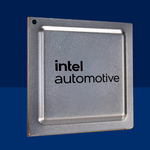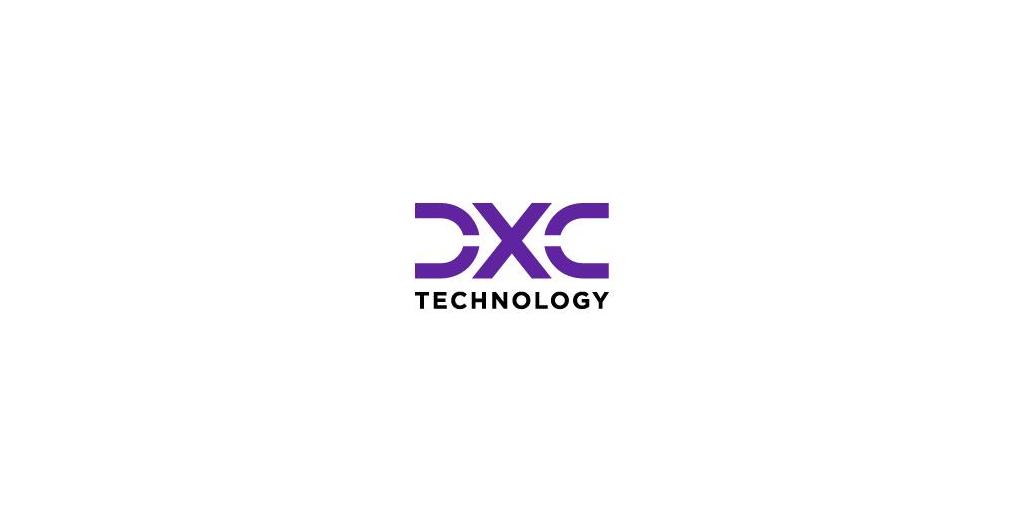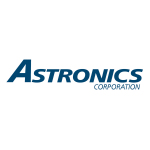Standardized power-semiconductor chip will extend driving range and lower power costs for xEVs
Mitsubishi Electric to Ship Samples of SiC-MOSFET Bare Die for xEVs
Customer Inquiries
Semiconductor & Device Marketing Dept. A and Dept. B
Mitsubishi Electric Corporation
www.MitsubishiElectric.com/semiconductors/
Media Inquiries
Takeyoshi Komatsu
Public Relations Division
Mitsubishi Electric Corporation
Tel: +81-3-3218-2332
prd.gnews@nk.MitsubishiElectric.co.jp
www.MitsubishiElectric.com/news/
Mitsubishi Electric Corporation (TOKYO: 6503) announced today that it will begin shipping samples of a silicon carbide (SiC) metal-oxide-semiconductor field-effect transistor (MOSFET) bare die for use in drive-motor inverters of electric vehicles (EVs), plug-in hybrid vehicles (PHEVs) and other electric vehicles (xEVs) on November 14. Mitsubishi Electric’s first standard-specification SiC-MOSFET power semiconductor chip will enable the company to respond to the diversification of inverters for xEVs and contribute to the growing popularity of these vehicles. The new SiC-MOSFET bare die for xEVs combines a proprietary chip structure and manufacturing technologies to contribute to decarbonization by enhancing inverter performance, extending driving range and improving energy efficiency in xEVs.
Mitsubishi Electric’s new power semiconductor chip is a proprietary trench SiC-MOSFET that reduces power loss by about 50% compared to conventional planar SiC-MOSFETs. Thanks to proprietary manufacturing technologies, such as a gate oxide film process that suppresses fluctuations in power loss and on-resistance, the new chip achieves long-term stability to contribute to inverter durability and xEV performance.
Product Features
1) Proprietary trench SiC-MOSFET extends driving range and lowers power costs for xEVs
- Advanced miniaturization technology, cultivated in Mitsubishi Electric’s manufacture of Si power semiconductor chips, helps reduce on-resistance compared to conventional planar SiC-MOSFETs.
- Oblique ion implantation instead of conventional vertical ion implantation reduces switching loss.
- Power loss is reduced by about 50% compared to conventional planar SiC-MOSFETs, resulting in improved inverter performance, extended driving range and reduced power costs for xEVs.
For the full text, please visit: www.MitsubishiElectric.com/news/
View source version on businesswire.com: https://www.businesswire.com/news/home/20241111130138/en/

 Business wire
Business wire 












Add Comment